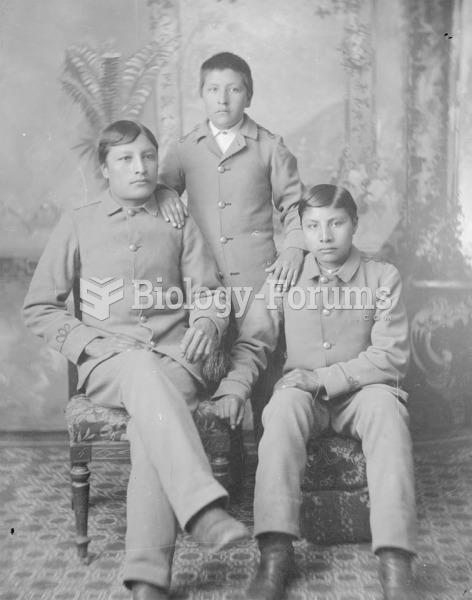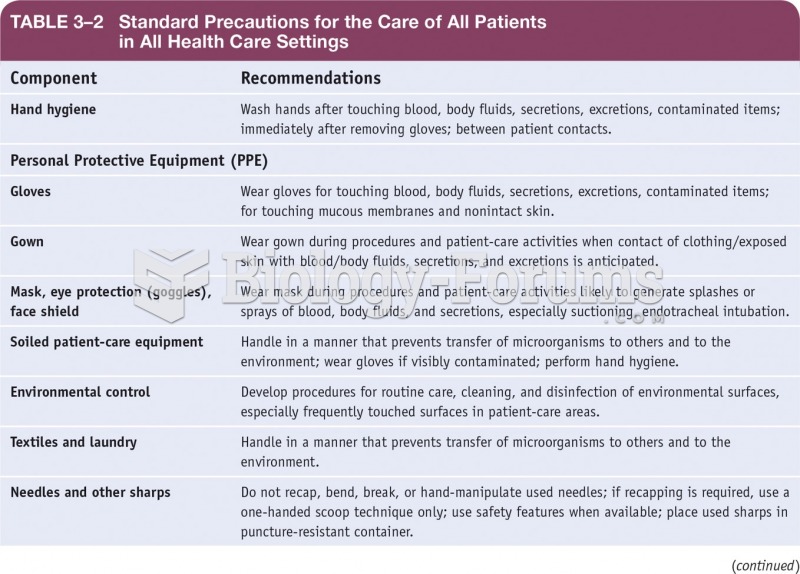Answer to Question 1
A, B, C, F
Feedback:
Piaget's stage of cognitive development for the 7- to 11-year-old is the period of concrete operational thoughts. In developing concrete operations, the child is able to assimilate and coordinate information about the world from different dimensions. He or she is able to see things from another person's point of view and think through an action, anticipating its consequences and the possibility of having to rethink the action. The school-age child is able to use stored memories of past experiences to evaluate and interpret present situations. Also, during concrete operational thinking, the school-age child develops an understanding of the principle of conservationthat matter does not change when its form changes. According to Piaget, the adolescent progresses from a concrete framework of thinking to an abstract one in the formal operational period. During this period, the adolescent is able to think about a problem from all points of view, ranking the possible solutions while solving the problem. The adolescent also develops the ability to think outside of the present; that is, he or she can incorporate into thinking concepts that do exist as well as concepts that might exist. His or her thinking becomes logical, organized, and consistent.
Answer to Question 2
A
Feedback:
Erikson (1963) describes the task of the school-age years to be a sense of industry versus inferiority. During this time, the child is developing his or her sense of self-worth by becoming involved in multiple activities at home, at school, and in the community, which develops his or her cognitive and social skills. Achieving independence is a task of the preschooler who also is developing a conscience at that age. Awareness of the opposite sex occurs in, but is not the focus of, the school-age child.







